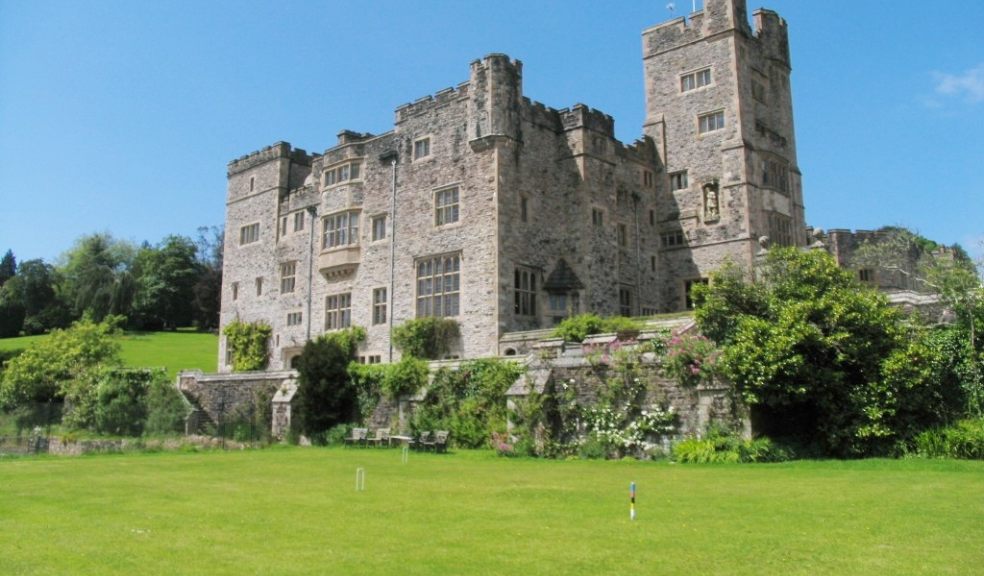
Houses with history
Thinking about buying a listed property? From getting to know your local conservation officer to undertaking a background check, Chris Davey, Luscombe Maye Estate Agency, gives his top tips on getting the best out of listed properties, as well as things to consider before purchasing.
From the humble thatched cottage, to grand period homes, and even a bus station, listed properties are of great significance and beauty. With over 376,099 listed building entries in England, they are the jewels in the property crown, and are a marked sign of the country’s heritage and history.
Laws and regulations limit what you can change about a listed property, some of which date back hundreds of years. So what are the key things you need to consider when looking to purchase a listed property?
1. Know your Grade I from your Grade II: Knowing the difference is essential, as both come with a different set of rules. Grade I buildings are those of exceptional national architectural or historic importance, whilst Grade II are particularly important buildings of more than special interest.
2. Undertake a background check: Before purchasing a listed property, it is vital to ensure that any alterations made by previous owners had full consent. As the new owner, it becomes your responsibility, even if the work was carried out a decade ago.
3. Know what you are buying: Yes, it looks beautiful, but everything from the architectural period, to its previous owners will play a factor in what maintenance is required, as well as what changes are likely to be permitted.
4. Meet your local Conservation Officer: They will likely become your new best friend and most important points of contact. Employees of the local council, their role is to ensure that the character of the building remains intact, whilst also being the person who will approve (or deny) permission to make changes to the building.
5. Insurance is essential: Don’t make the mistake of insuring your home to market value, you also will need to obtain insurance for any potential rebuild costs, which can be much higher.
6. Be realistic: Whilst some changes will enhance the property, it’s vital to preserve the heritage of the property. Remember, your property was likely built with locally sourced materials delivered by a horse and cart, and mixing these with modern building methods can do irreparable damage.
7. Build your contact list: Contact experts with specialist knowledge of the relevant architectural period to advise on what changes are likely to be admissible. Keep your neighbours onside by discussing your building plans ahead of time.
8. Understand that listed includes both inside and out: Contrary to popular belief, listing means all the building, inside and out, is protected (including the garden).
Chris Davey adds: “When buying a listed building, not only are you buying a unique home, you are also acquiring a part of our national heritage, which is both a pleasure and a privilege.”
“Whilst obtaining building consent can be daunting, don’t let it put you off putting a personal stamp on your new home. English Heritage has said that up to 90 percent of listed building applications are approved.”














